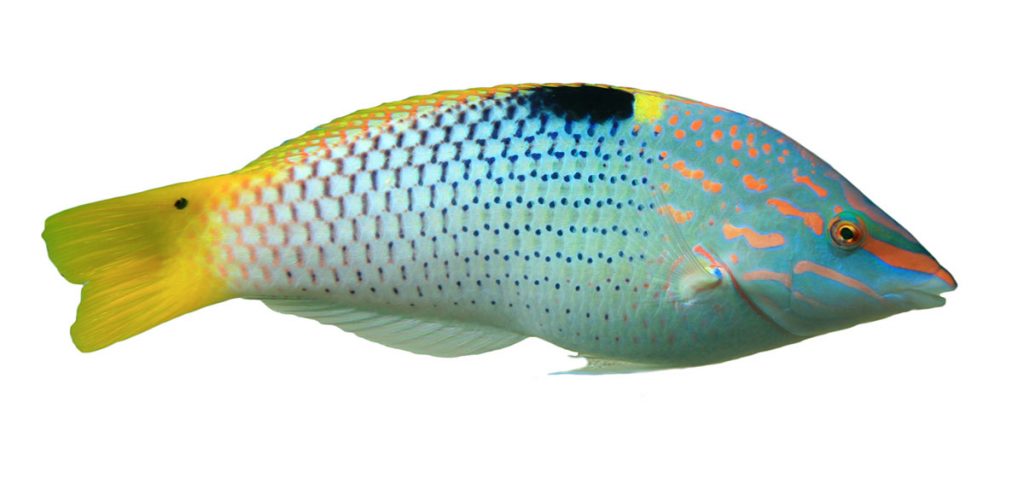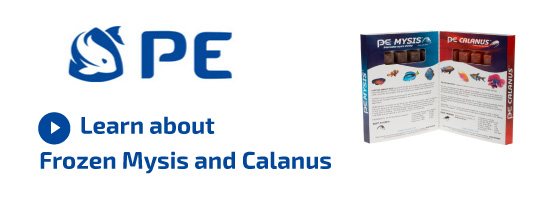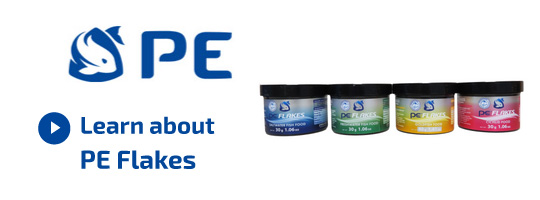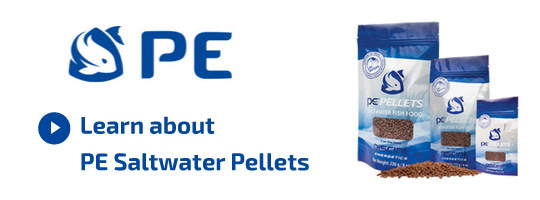Wrasse Species
The family Labridae, containing all the wrasses is a highly diverse group that has captivated ichthyologists and aquarists alike. With 600 or more species distributed across over 80 genera, it is no wonder wrasses have become a mainstay in the aquarium hobby. Wrasses range from several inches to several feet, some are reef safe and some are not. They can be found in a dizzying array of colors and patterns, they are the true peacocks of the reef!
Biology
Wrasses display an extremely diverse lifestyles. The family as a whole has evolved to fill numerous ecological niches. Wrasses are frequently subjects of interest to Ichthyologists for their diversity, including the numerous mandibular specialties they have produced over time. Wrasses have evolved specialized feeding strategies, ranging from zooplankton such as mysis, parasites on other fish, to biting large chunks from coral to consume the symbiotic algae within.
Captive Care
Given the wide variety of wrasses available for purchase in the aquarium industry, it is rare to find a marine aquarist that has not kept one at one point or another. While they are generally considered easy fish to maintain, once established, it is critical to research the particular needs of the species you are considering before purchase.
While many wrasses such as the fsaltlasher and fairy wrasses can be considered reef safe, there are numerous other species that will outright consume corals and generally wreak havoc in the reef tank.
Many species of wrasses do not require a very large tank. However, it is important to consider carefully what species of wrasse may be best for your aquarium. While smaller species such as the carpenters flasher are suited to tanks as small as thirty gallons, larger species such as the humphead wrasse (Cheilinus undulatus) can only be properly maintained in the largest of marine aquaria.
Suggested Piscine Energetics Products
We suggest a diet based on Piscine Energetics Mysis, Piscine Energetics Calanus, Piscine Energetics Pellets (1mm and 2mm) and Piscine Energetics Saltwater Flakes.
What People Say
After feeding my seahorses your mysis for about 3 months; they are fat and happy!!! they give me baby seahorses (at least 300 ) each 14 days... So I'm very satisfied of your mysis.The frozen mysis is about 70 per cent of their diet.
Yvan Charbonneau Quebec
I am keeping these Indian mudskippers -- very cute -- about 3-4 inches long. I've been feeding them frozen bloodworm, and decided to try them on mysis. I feed them in a "shallows" in the 150 I have set up for them. The minute the mysis hit the water they were on it, frozen and all. They gorged until their little bellies were almost bursting. I have yet to see an aquatic creature that does not go absolutely nuts over PE Mysis.






